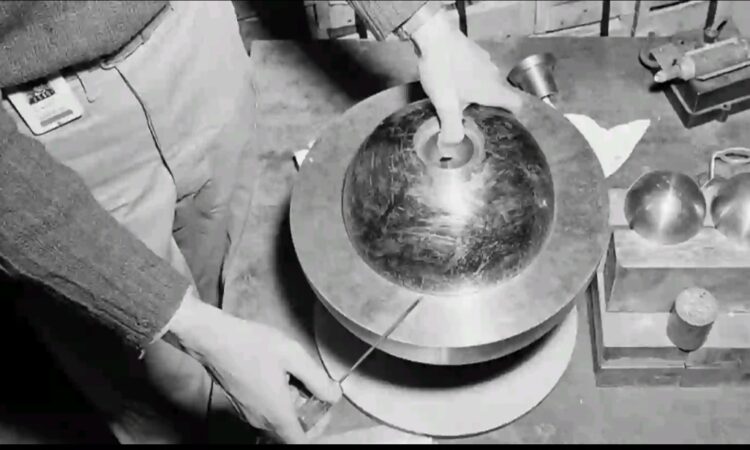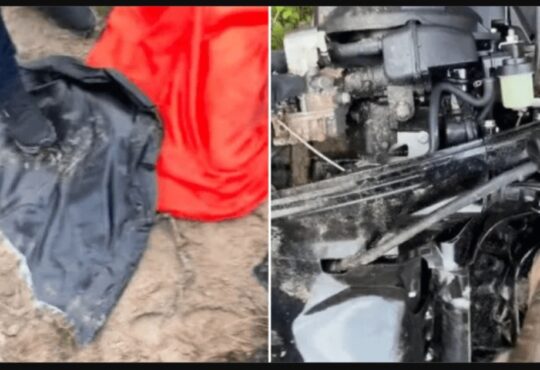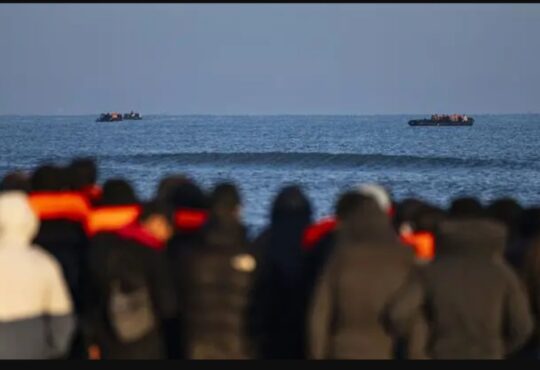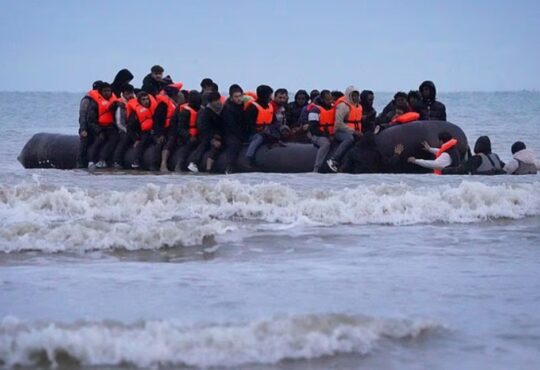
The ‘demon core’ is one of those moments in history where science and tragedy collide in a way that’s hard to forget.
It all started during World War II, when a group of scientists in the US were racing to build the first atomic bomb as part of the Manhattan Project.
One of the key pieces of this project was a small, heavy sphere of plutonium—a material so powerful and dangerous that it could change the world.
But this particular piece of plutonium, later nicknamed the ‘demon core,’ ended up changing the lives of the scientists who worked with it in the worst way possible.
After the war ended, the core wasn’t used in a bomb like the ones dropped on Hiroshima and Nagasaki. Instead, it became the focus of experiments to understand how plutonium behaves under certain conditions.
Scientists wanted to find out exactly how much pressure or manipulation it would take for the core to go ‘supercritical’—a state where it starts a runaway nuclear chain reaction. This was incredibly risky work, and unfortunately, the risks became all too real.
The first accident happened in August 1945, just days after the war ended. A young physicist named Harry Daghlian was working late at night, alone in the lab—something he wasn’t supposed to do.
He was carefully stacking bricks made of tungsten carbide around the core to see how it would react. But then, he made a mistake. One of the bricks slipped from his hand and fell onto the core.
Instantly, the core went supercritical, releasing a burst of deadly radiation. Daghlian quickly reached in to move the brick, but it was too late. He had already been exposed to a fatal dose of radiation. He died less than a month later, in terrible pain, from radiation poisoning.
You’d think such a tragic accident would make everyone more careful, but the work continued. Less than a year later, in May 1946, another physicist named Louis Slotin was working with the same core.
Slotin was known for being a bit of a daredevil in the lab, often taking risks that others wouldn’t. That day, he was showing his team how to use two half-spheres of beryllium to reflect neutrons back into the core, bringing it closer to criticality.
But as he was demonstrating, his hand slipped, and the two halves came too close together.
The core went supercritical again, flooding the room with radiation. Slotin, who was closest to the core, got the worst of it. He died nine days later, becoming the second victim of the ‘demon core.’
These two accidents shocked the scientific community. They were a stark reminder of how dangerous this work could be, even for the most experienced scientists. After Slotin’s death, safety protocols were tightened, and experiments with the core were stopped.
The ‘demon core’ was eventually melted down and used to make smaller cores for other nuclear weapons, but its legacy as one of the most dangerous objects ever created lives on.
The story of the ‘demon core’ isn’t just about science—it’s about the people behind the science. It’s a reminder of how far humans are willing to go in the pursuit of knowledge, and how sometimes, that pursuit can come at a terrible cost.
Even today, the ‘demon core’ stands as a symbol of the risks we take when we push the boundaries of what’s possible, and the price that can sometimes be paid for progress.





